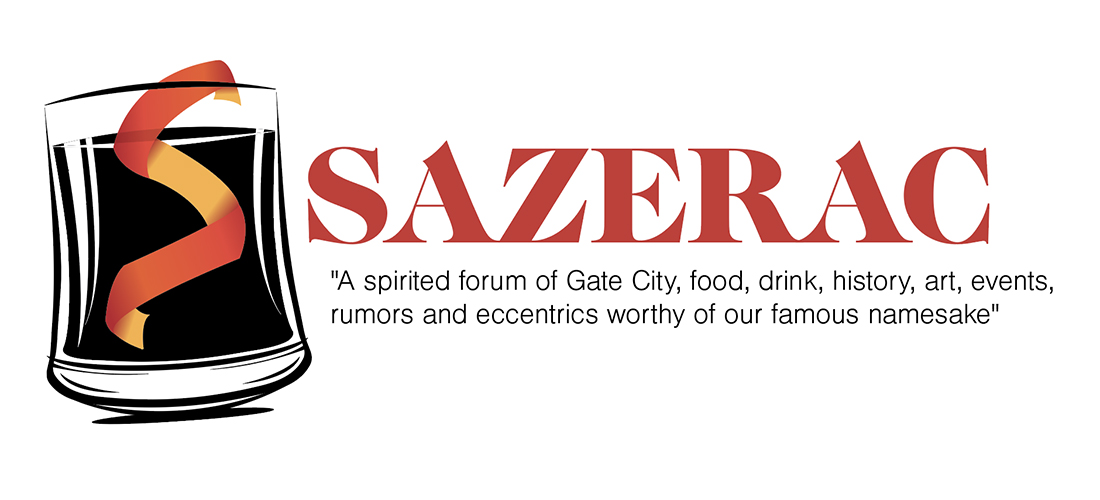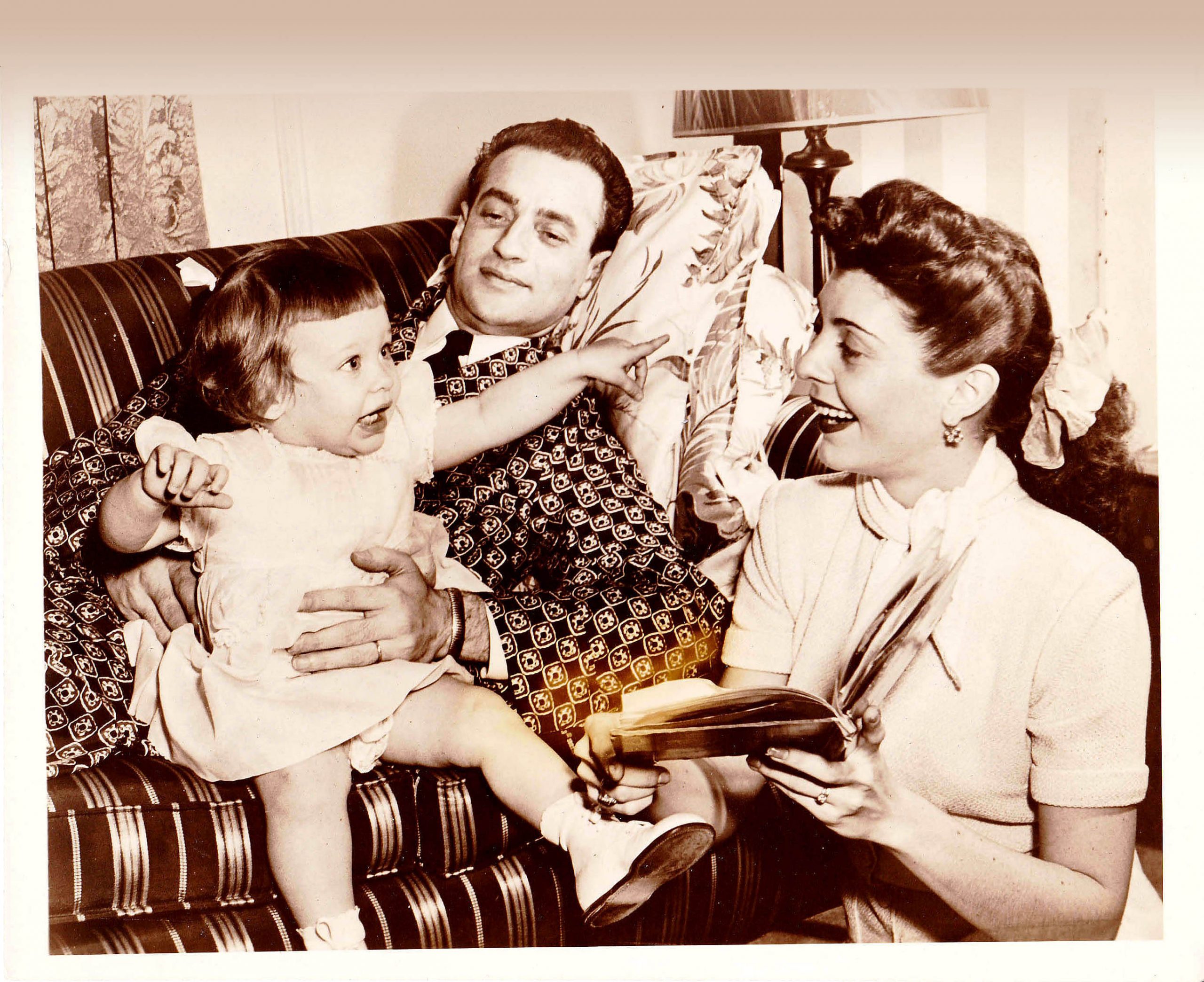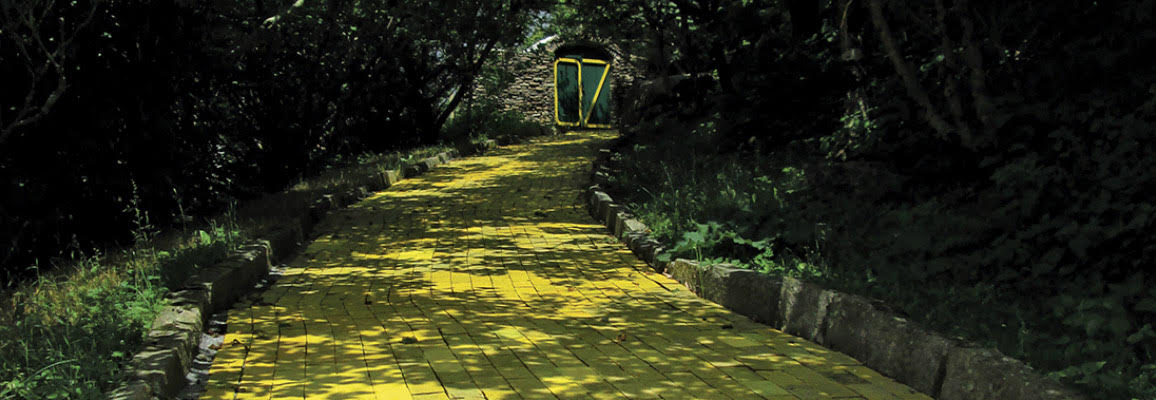Sazerac
SAZERAC
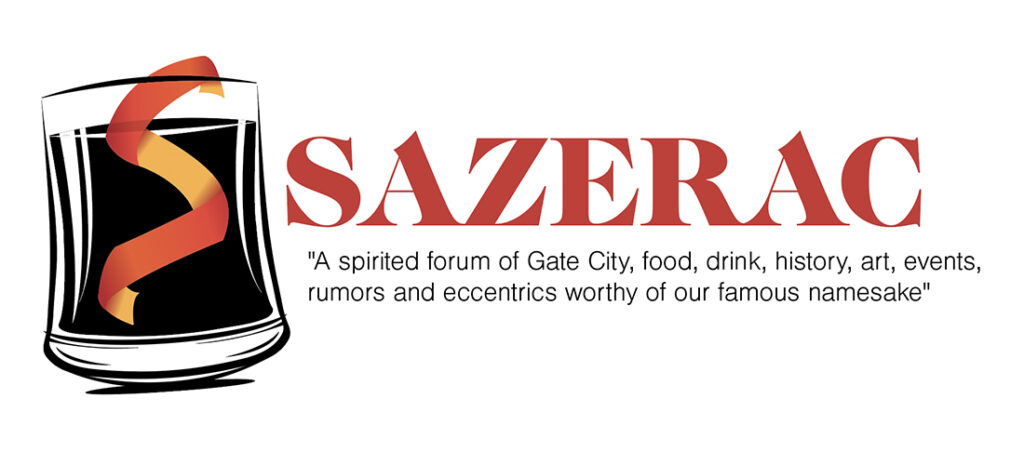
Sage Gardener

Drive down any country road as fall approaches, and you are likely to see a lot more Jerusalem artichokes than you could ever eat. The golden, daisy-like flowers gloriously polkadot almost every verge in Piedmont North Carolina. And, yes, they are native, though some label them invasive, but more about that later.
My introduction to Helianthus tuberosus was at my mother’s table, where my dad heaped Braswell’s sensational, bright-yellow artichoke relish on his pinto beans as I still do. The turmeric-spiked relish probably originated in the South Carolina Lowcountry, where Mrs. Sassard’s version, like a lot of things in Charleston, “is world famous.”
Jerusalem artichokes themselves are world famous, exported as a delicacy from the New World to France in the 1600s, where they were initially hailed, like so many novelties from the New World, as “dainties fit for queens” — but likely before the queen and her court actually tried them. By 1621, one writer complained, “which way soever they be dressed and eaten, they stir and cause a filthy loathsome stinking wind . . . and are a meat more fit for swine than men.” Not surprisingly, their popularity in Europe dimmed, and it wasn’t until recently that chefs, searching for tasty and unusual local produce, rediscovered them. They were quickly dubbed a superfood because of their nutritional value and their containing — keto alert! — inulin instead of starch. (Inulin is a carb related to the sugar fructose, but is largely indigestible, making sunchokes, as some marketing guru relabeled them, a good choice for diabetics.)
Soon, upscale eateries were featuring Jerusalem artichoke orzotto graced with parsley-and-peanut pesto or truffled sunchokes with brie and honey.
If you’ve never had them, they are slightly sweet with notes of peanut, potato and water chestnut. Not, in fact, much like an artichoke, despite the name. “Jerusalem” purportedly arose when some half-witted Brit tried to pronounce the Italian word for sunflower, girasole. “They can take the form of velvety purees, soups, hearty gratins, crunch crisps (French fries), stew fillings, creamy mash and even ice cream!” enthused one gourmet.
They are so prolific that Master Gardeners issue warnings. Like crabgrass — and every bit as aggressive — they spread underground by rhizomes. I’ve seen them take over not one but several adjacent raised beds in a community garden. One gardener reported transplanting two plants and ending up with 70 pounds. With each plant producing as many as 20 tubers, “as potatoes were requisitioned for World War II,” one writer says, “Jerusalem artichokes saved millions from starvation,” providing food for humans and livestock.
Harvested from October to March, they are available from time to time in farmers markets and grocery stores. Worried about the gastric distress? Through the miracles of modern science, some home economics scientist discovered that cooking them with lemon juice transforms them through something called acid hydrolysis, rendering them gone with the wind.
Just One Thing

“A camera lies,” says Greensboro artist James Celano, who graduated from the Pennsylvania Academy of the Fine Arts more than 40 years ago. Known for his oil paintings of still life, figures and landscapes, Celano says he prefers to paint from life and can tell when an artist is working from a camera image. There are giveaways, he says, such as an exaggerated foreground that disrupts the scale. But the biggest reason he avoids it? “I find that work very flat emotionally.” A born-and-raised northerner, Celano and his wife, Diane, made the Gate City home over 30 years ago, bringing with them their toddler son and their own textile design business, Diane Celano Studios, which serviced clients such as Burlington Industries. “That’s how we paid the bills and kept me independent and free from having to depend on galleries.” Celano converted their home’s two-car garage into a studio space. It’s there that he sets up objects and paints his still life oils. Dollface, seen here, is part of a birds-eye view series and will be part of an exhibition at Ambleside Gallery. “It’s been about 15 years since I’ve exhibited in Greensboro,” says Celano. While he’s participated in GreenHill’s Winter Show, this is his first solo exhibition here in a long time. He’s gathered 26 new paintings, most of them still life, that will be on display from October 4–31, with an opening reception from 6–9 p.m. on October 4.
Window to the Past
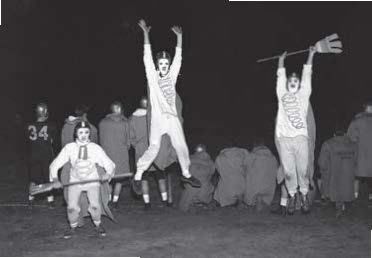
Feeling witch-crafty? Go homemade with your Halloween costume this year. Give it a whirl — just as these Grimsley Whirlies once did back in 1949.
Water Color Talk

If you’ve walked into The Art Gallery (TAG) at Congdon Yards in High Point recently, you may have already spied the Watercolor Society of North Carolina Exhibition, a juried show featuring 69 paintings created by its members. On September 29 — ahem, before we went to press — the best in show was selected by this year’s juror, renowned watercolor artist Lana Privitera. Originally from Spain, Privitera is a signature member of both the National and American Watercolor Societies. Since we couldn’t yet share the show’s winner, we’re showing off what this judge is capable of. Some Cups and Polka Dots is not a photograph. Despite what your eyes may tell you, it’s a watercolor on paper. Frankly, her painting of dishware looks more realistic than the photos our iPhone 13 snaps — obviously a result of considerable talent combined with epic patience. It “went through many stages and many weeks of work before I felt that the composition and the balance of colors, values and texture were cohesive and interesting,” she reflects. Plus, there’s a lot of behind-the-scenes work before the paintbrush tip ever hits the paper. “Coming up with a unique composition and theme that might also appeal to other people is not easy,” says Privitera, “so the planning stage of any of my watercolors often takes more time than applying the many layers of paint themselves.” So, what was Privitera looking for in a winner? Someone who, like her, “takes their time creating unique and well-balanced compositions.” As for her selection, you’ll just have to head over to TAG to see the piece she thought brushed with greatness. The exhibit ends Oct. 31. Info: tagart.org/exhibits/watercolor-society-of-north-carolina-exhibition.
Unsolicited Advice

With the holidays just a couple months away, and the cooler, shorter days creeping in, October is the ideal time to begin a new crafty hobby — one that results in homemade gifts for everyone on your gift-giving list.
Cross Stitch: Start with the basic “X” and grow from there. Soon, you’ll be whipping out adorable pieces with charming sayings like our personal fav: “What doesn’t kill you gives you a set of unhealthy coping mechanisms and a dark sense of humor.” Bonus, you can tell your dentist you do, in fact, floss every day.
Canning: How about them apples? Turn ‘em into jam, jelly or applesauce. FYI, stock up. Because no matter what Baby Boom had you believe, 2,537 apples = 3 jars of applesauce (approximately). Apples not your jam? Try pickled beets or pumpkin butter. Yes, you can.
Candle Making: Hit up your local thrift shops for unique vintage glass vessels. Fill ‘em with soy wax and your own custom scent. Hints of bourbon, leather and cuban cigar? We call that one “Grandpa’s recliner.”
Witchcraft: Heck, it is October, after all.

